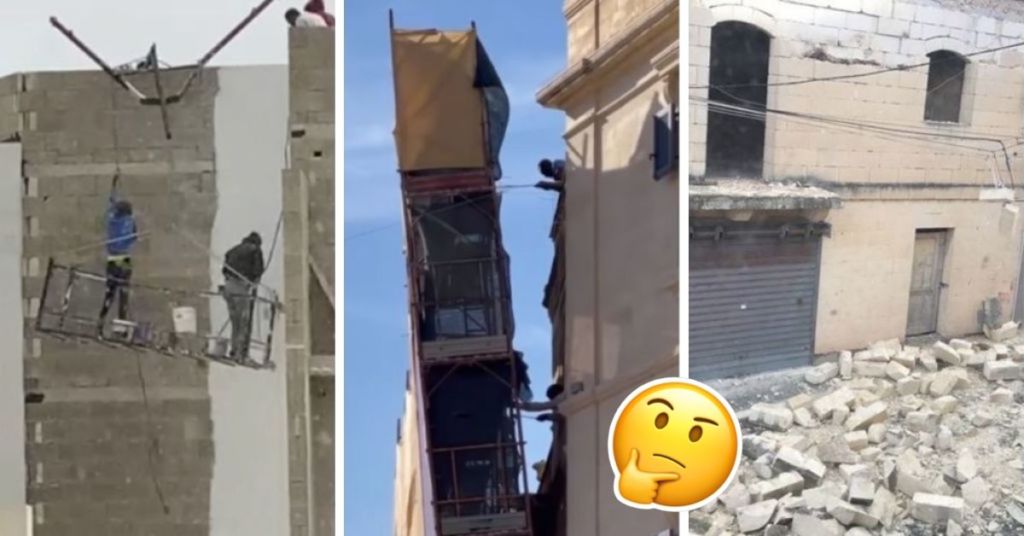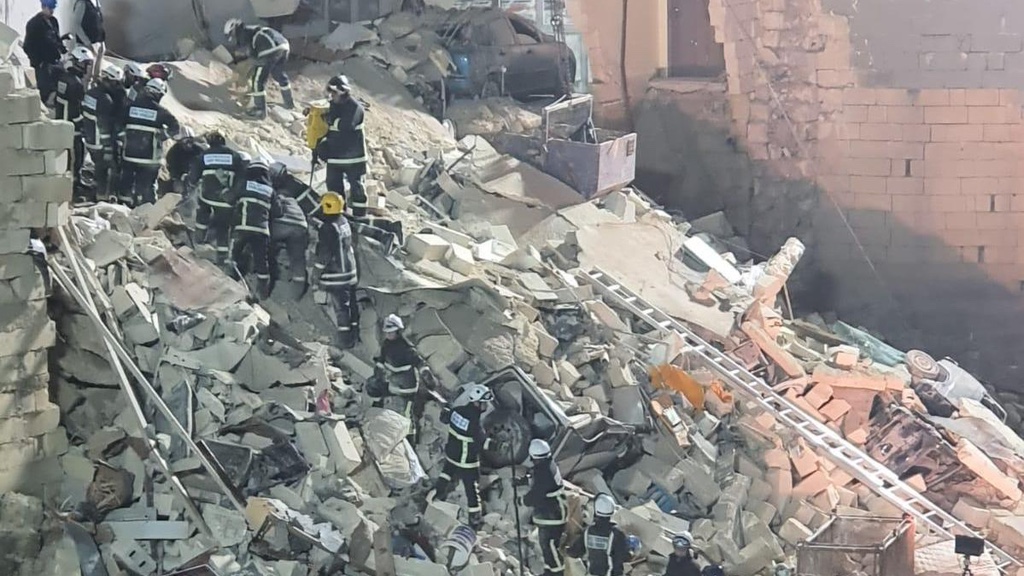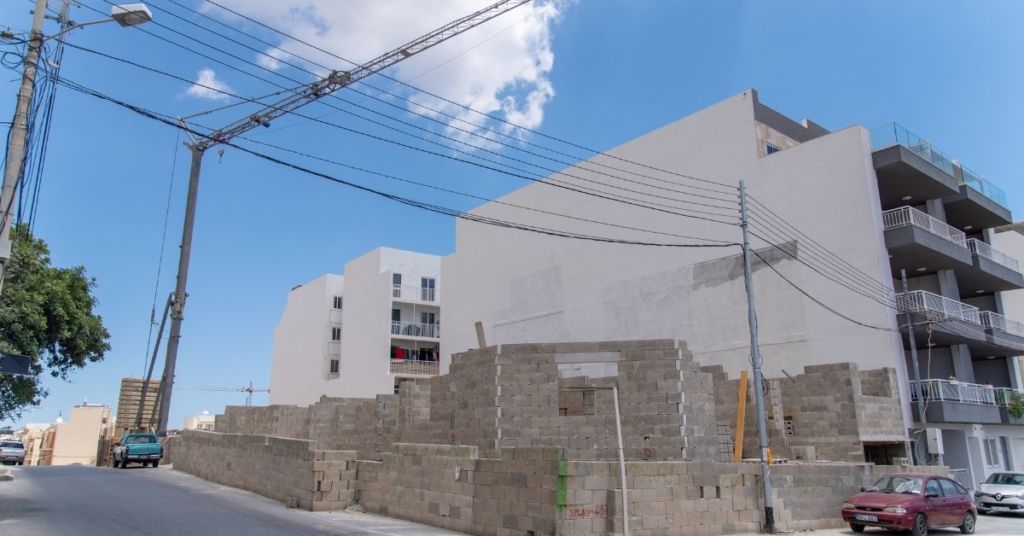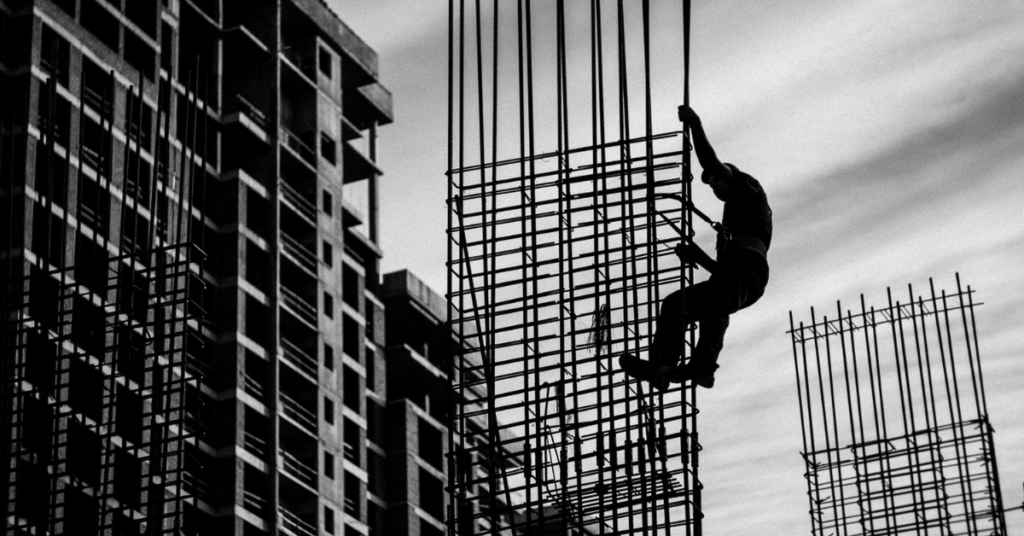Here’s Who’s Responsible For Health And Safety On Malta’s Construction Sites, According To The OHSA

As Malta continues to deal with deaths and injuries on construction sites, questions remain over who exactly is responsible for the health and safety with those involved quick to point the finger at one another.
Lovin Malta was approached by the Occupational Health and Safety Authority, in order to raise more awareness on the duty holders within a working construction site.
This is intended to offer a clearer idea of who the duty holders are within a construction site, and who should be held accountable depending on the nature of the accident.
“Occupational Health and Safety (OHS) in the place of work is about the wellbeing of workers and higher standards in all the various sectors of our economy. It is not simply about compliance with the law but it is a means of reducing the consequences of accidents and ill health and reaping the resultant economic benefits,” the OHSA said.
“Apart from the human aspect of it, OHS hazards and accidents damage an entity’s reputation as well as incur significant costs such as insurance premiums, costs of absenteeism, fines and judicial proceedings.”
“Practice shows however that OHS is not always a priority objective for employers and other duty-holders who attempt to free themselves from their obligations potentially as the result of lack of awareness or even lack of investment in safe methods of work.”
It’s important to note that Occupational Health and Safety is not only about the construction sector but each place of work.
“However, people and the media tend to make observations about the construction sector with greater emphasis. Whenever an accident happens on a construction site, fingers immediately point at the OHSA for not enforcing relative OHS legislation.”
“Regulations that cover any construction site where building or civil engineering works are carried out aim to prevent risks by establishing a chain of responsibility linking all the parties involved.”
“We are taking this opportunity to explain who are the key players in any project and the responsibilities that they carry. The client, project supervisor, employer, self-employed, and workers all have legal duties and responsibilities at law and are the prime movers in health and safety in a construction site,” the OHSA explained.

1. The client
The client (i.e. the person for whom the project is being carried out) has a central role in determining the levels of OHS and should appoint a project supervisor.
Amongst the duties of the client, one finds the obligation to keep a health and safety file containing all information that can be relevant to OHS during subsequent works, to consider any report given in writing by the project supervisor and to see that the necessary measures are addressed promptly.
2. The project supervisor
The role of project supervisors is also a crucial one. Once appointed by the client, they are responsible to ensure OHS on site. Apart from being required to send a construction notification form to OHSA before works commence, project supervisors must prepare a health and safety plan, and organise cooperation amongst all those involved in the project.
They are also responsible for coordinating arrangements to ensure that the working procedures are implemented correctly, as well as taking the necessary steps to ensure that only authorised persons are allowed on the construction site.
The concept of planned prevention and the prioritization of prevention efforts are linked to employers’ OHS responsibilities. It is an issue of eliminating risks at the source, anticipating potential dangers, offering preventative solutions, and continuously analysing the prevention measures in place to ensure the health and safety of all persons who may be affected by the work being carried out for them.
On construction sites, this also entails an obligation to cooperate with the client and the project supervisor as well as to heed the directions of the project supervisor on what needs to be done with regards to OHS.

3. The employer
Employers also have a legal duty to plan work and conduct a risk assessment and implement prevention and protection measures. They must also ensure that the workers whom they engage are made aware of the risks and the measures required to be taken.
Foreign workers are considered a vulnerable group and the employer must ensure that these are afforded the same level of protection as other workers.
4. Self-employed people
Self-employed persons on site have pretty much the same obligations as employers with regards to OHS matters, including the obligation to cooperate with the project supervisor and the client.
Where there is a legal obligation to hire a project supervisor, but the client fails to do so, employers, contractors and self-employed should not commence work on-site until the said project supervisor is engaged.

5. The workers
Occupational health and safety regulations place various obligations on workers to safeguard OHS. Apart from general prevention criteria, workers must cooperate with the employer and the workers’ health and safety representative, make correct use of the tools and other work equipment (including personal protective equipment provided to them), and return it to its allocated place.
It is also very important not to arbitrarily disconnect, replace or remove the safety devices used with machinery, equipment, tools, plants and buildings, and to use these safety devices correctly.
Workers should also immediately inform the employer of any work situation which presents a serious and imminent danger to OHS.
Last but not least, the workers must cooperate with the client and the project supervisor to safeguard health and safety.
It is these named duty-holders who are responsible to ensure safety at all times at places of work. OHSA only has a monitoring role.

OHSA also pointed out that it cannot and not should be expected to be everywhere all the time, hence the reason why the law assigns such specific and onerous duties to the aforementioned duty-holders and holds them accountable for their actions or lack thereof.
“As an authority, we will continue with our efforts not only to enforce legislation, but we shall continue to foster more awareness. Health and Safety in the place of work should not be considered a burden or simply a legal obligation. It has to be considered as an improved way of operating in the various sectors of our economy,” it said.
“It is only through a concerted effort and genuine commitment to one’s legal obligations that Malta will continue to have a downward trend in the rate of both workplace accidents and fatalities – a trend observed over the last 20 years.”
Share to raise awareness
